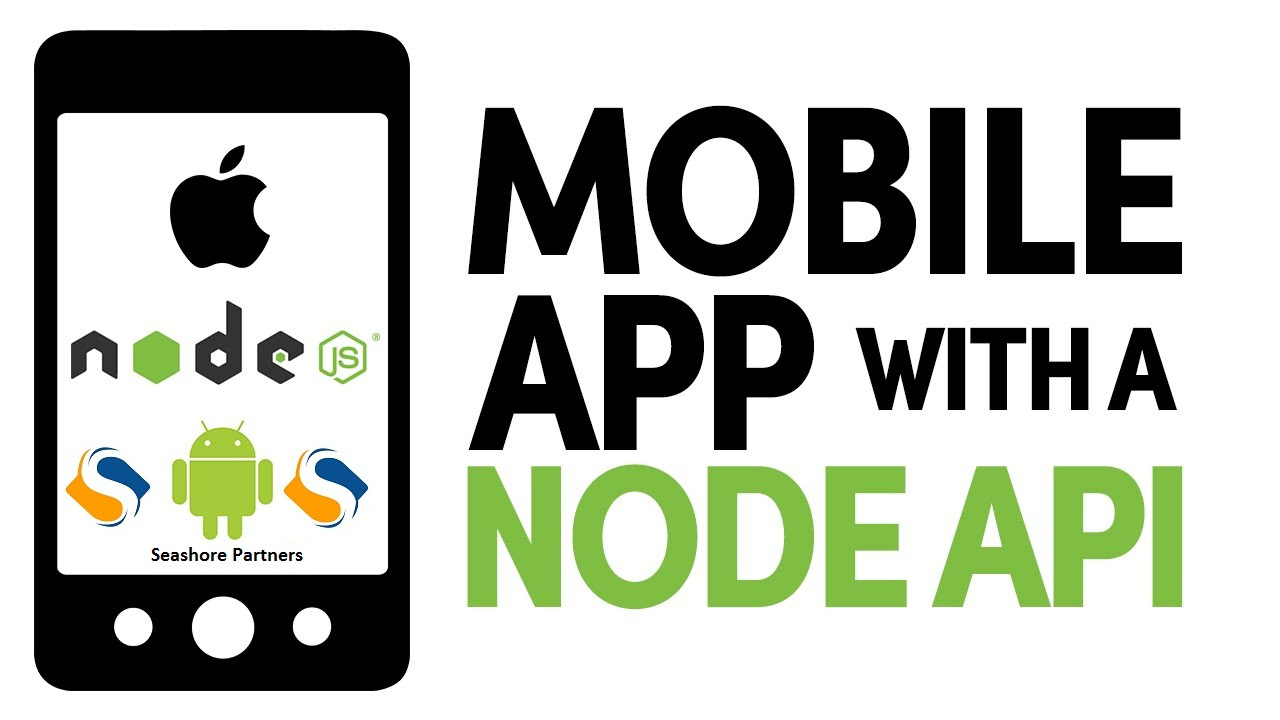Bring Machine Learning inside Your iOS App Development with Core ML
Remember the movie “Minority Report” where the machines were programmed to predict the murders before they happen, thus reducing the murder rate to zero. This is an apt example of machine iOS app development, where based on past experiences, the machine learns to identify things and adapt to the changes. For example, the emails have become more intelligent and can identify the spam specifically.
This will benefit the businesses that are looking to understand the consumer and offer services/products that cater to their needs specifically.

Apple has been proactively working on incorporating machine learning to their iOS applications. The introduction of Core ML during Apple’s WWDC proves this. This framework was solely designed to help run the different machine learning models on Apple devices efficiently. With simple integration, this framework helps deliver fast performance of machine learning models.
Let’s take a look at what all you can do with the Core ML framework.
Exploring the Core ML Framework
The Core ML framework allows you to choose from the different pre-trained models or integrate your own machine learning model, depending on your need. There are different machine learning models such as neural networks, tree ensembles, support vector machines etc. You will need to check if the model that you are using can be obtained in the .mlmodelformat. If you are using a model that has been created in a different format, you will need to use the CoreML tools to convert it to an appropriate format before moving on.
The CoreML framework can help you with a lot of features within the applications you are developing. Let’s have a quick look at the possibilities.
1) Facial Recognition: Facebook has been asking questions like “Do you want to tag “X” in the photo?” This is an example of facial recognition technology. By combining Vision with CoreML, you can bring machine learning into your apps to facilitate facial recognition, object recognition, barcode detection as well as object tracking. If you can work on the applications to facilitate anticipating user requirements, you can benefit from it majorly 2) NLP: With NLP, recognizing text becomes easy. You can use the different features such as language identification, tokenization, named entity recognition etc. to depict the language. You can integrate this feature into your application with ease with the Core ML framework.
These are just some of the applications of Core ML framework. You will obviously be able to use the framework to integrate better and improved features to your application, thus enhancing the user experience.
Benefits of ML models in iOS Apps
Why should you integrate machine learning models into your iOS apps? If this question has been haunting you, the benefits section will help you.
- The machine learning model now works within the iOS app and not on a remote server. This reduces the need for data communication
2) The integration helps bridge the gap that existed between the iOS app and machine learning.
3) There is more data privacy.
4) Even in an offline state, your app proves to be useful. It can predict well, and the response time is less.
5) The RAM and power consumption is less when this integration occurs
Incorporating ML Models to iOS Apps
Here’s a step by step guide into incorporating the ML models into your iOS apps. For this, you need MAC OS (preferably the latest version), Python, download pip, format converter and Xcode 9. Once you are ready with these things, you can work on integrating the ML models.
- Start with writing a basic model. You can choose any framework for this. It is a machine learning model; you will need some numeric data. Convert your existing data into numbers. Check out the predictions made. Test some more sample data using this model for predictions.
- Now, convert this ML model to an Xcode accepted format. If you already have a converter, this work is done easily. However, if it is not present, you can download a converter for the same. This is the basic strength of CoreML, which allows you to convert and import models that are built on other frameworks.
- Next, you need to import this to Xcode. This is a simple drag-n-drop process You can now code the model so that it can run the predictions you are expecting from it.
- Compile and run. Test as many times as possible for the outcomes using the iOS simulator.
Now, your ML model has been integrated into your iOS app. You are ready to use the benefits of machine learning in your app to boost your business.
Summing up
Apple has always envisioned bigger and better things to enhance user experience. With the ideal combination of Vision, Core ML, Foundation as well as other ML tools, you are bound to see a transformation in the way mobile apps are developed for iOS. Core ML is all set to offer high-performance, and efficient machine learning apps with easy coding and converting techniques. You have got a gist of how to get your ML model integrated into the iOS app effectively with this tutorial. So, get started and enjoy your futuristic iOS app development company in USA.


 Seashore
Seashore







